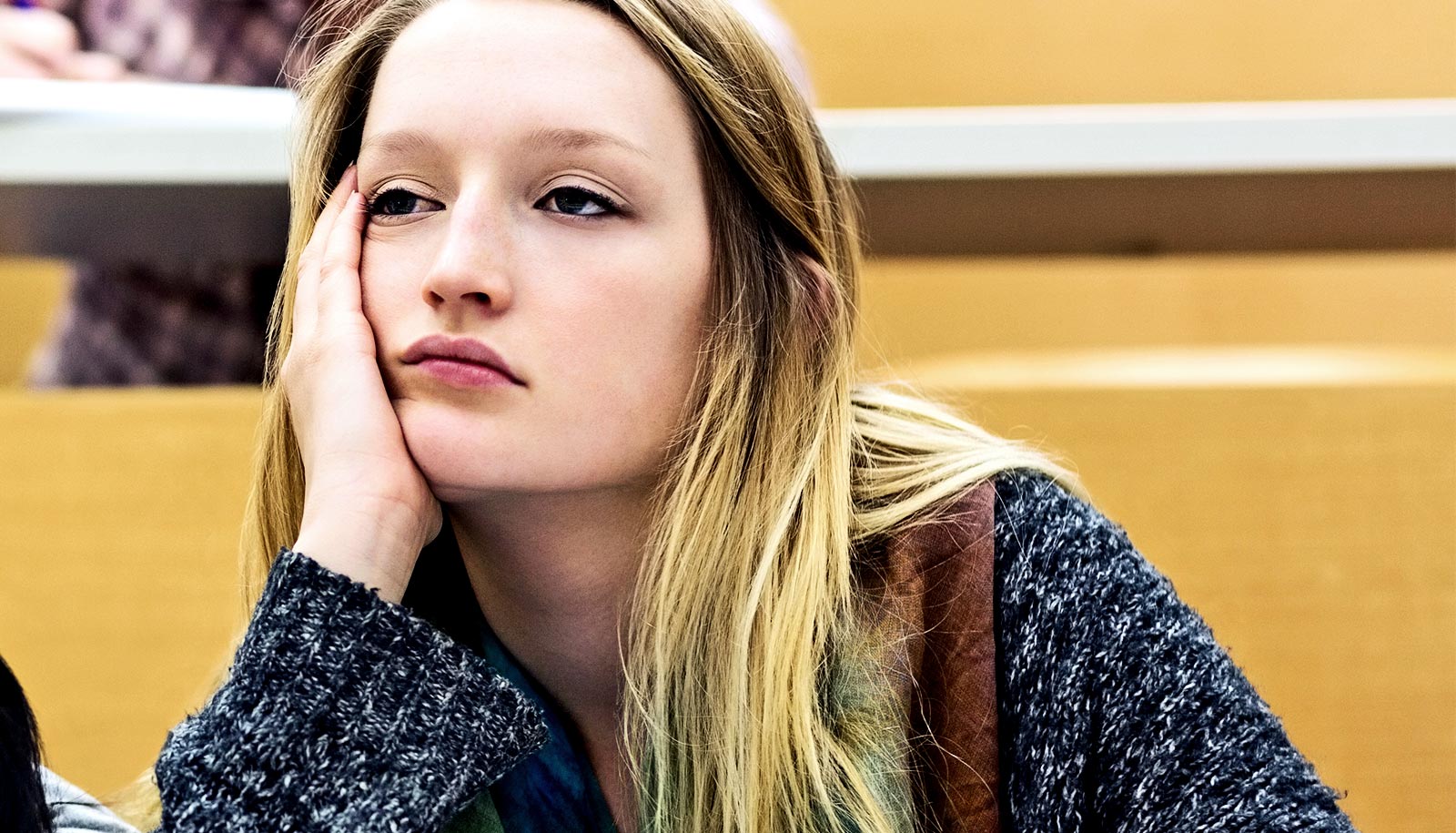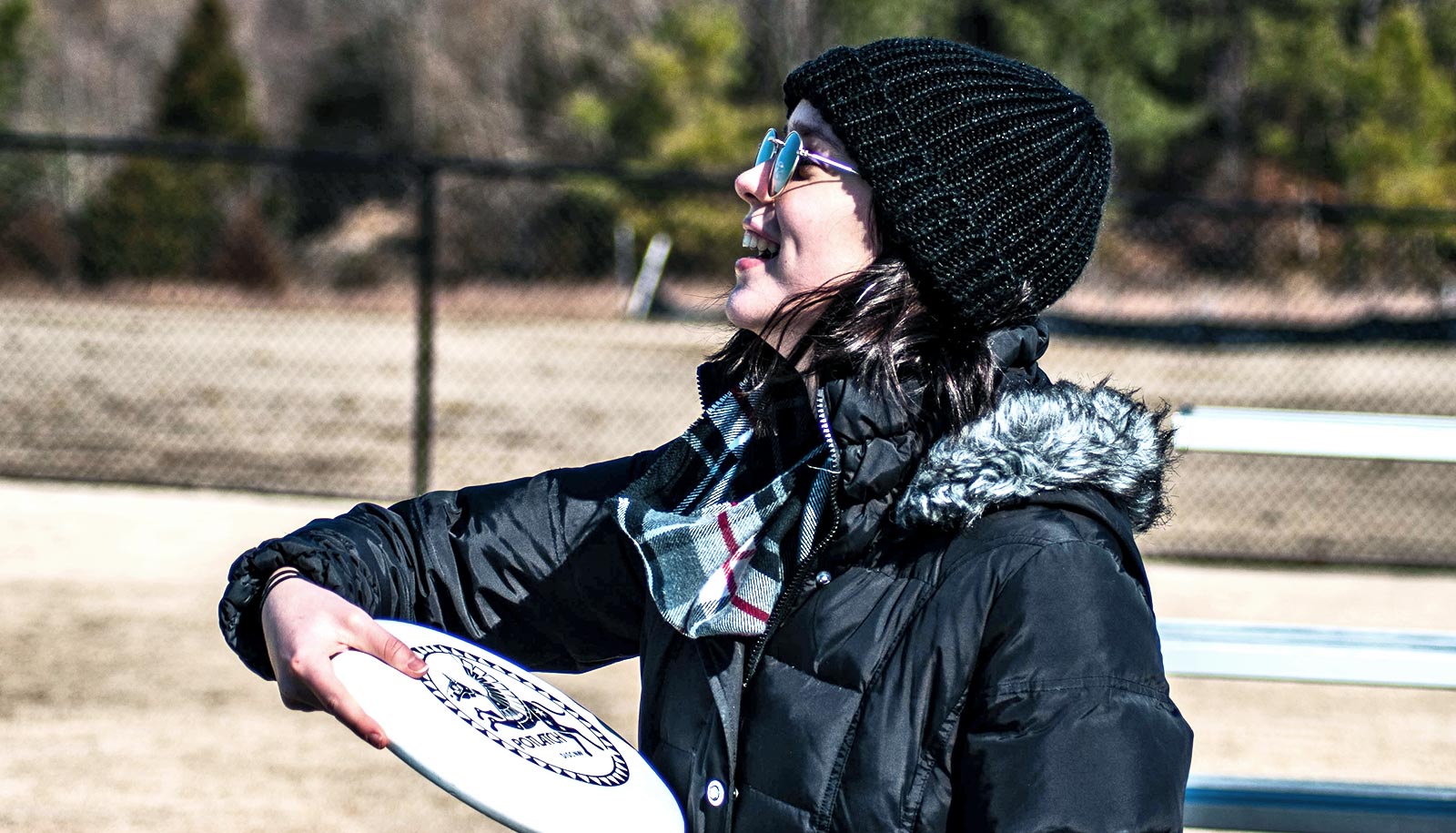Activity-based learning, rather than lecture-based learning, enhances student creativity by allowing students to use technology to develop their own original ideas, researchers report.
The new study examines how higher education professors in Europe use mobile technology in their classes.
The researchers found that professors who allowed their students to use technology in a team setting to come up with a novel product or idea most enhanced student creativity.
“…we need to ask ourselves as educators if we are using technology to put our students in positions to be creative in the first place.”
For example, one group of students in a history class developed an app that virtually teaches users about the history surrounding the Berlin Wall. Rather than simply lecturing the material to the students, the researchers found that allowing them to use technology in a collaborative way enhanced the students’ creativity and understanding of the content.
“This research is useful for professors to rethink how they design their existing courses,” says Isa Jahnke, associate professor in the University of Missouri College of Education’s School of Information Science and Learning Technologies.
“We need to shift away from purely lecture-based learning where students are just consumers of information toward a more meaningful learning approach with technology where students are able to come up with creative and novel solutions in a team setting.
“If we have universities that are producing more creative-thinking students, then we have more people who can help come up with solutions for all of society’s grand challenges,” Jahnke says.
“Creativity will lead to better innovators, entrepreneurs, and business owners, but first we need to ask ourselves as educators if we are using technology to put our students in positions to be creative in the first place,” she says.
The research appears in Computers & Education.
Source: University of Missouri



